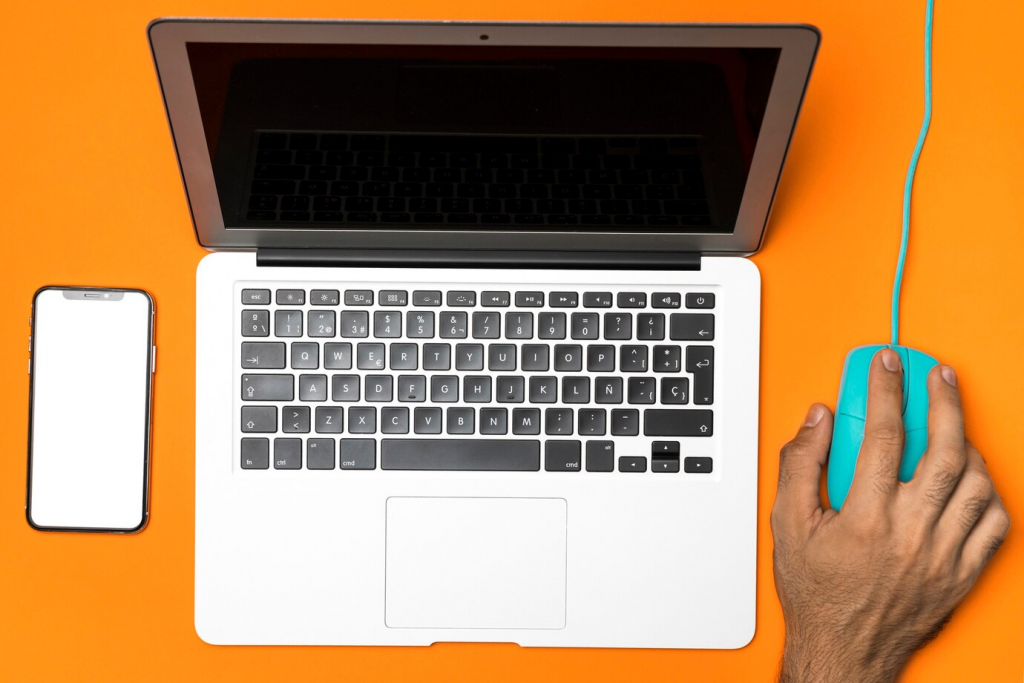It’s a common predicament: other devices in your home have seamless internet access, yet your laptop stubbornly refuses to connect. This frustrating scenario suggests there may be specific connection problems with your laptop’s hardware or software. Tackling such connection issues requires a systematic approach to identify and resolve what exactly is causing this disconnect from the Wi-Fi networks that are otherwise functioning correctly.
Understanding the Problem
Analyzing the intricacies of why your laptop is not connecting to wireless networks can be daunting, but it’s essential for getting back online. Initially, it’s crucial to confirm if the problem is exclusive to Wi-Fi connections or also affects wired ones. This differentiation helps in narrowing down the possible causes. If wired connections are fine, then the issue likely lies within the laptop’s wireless networking capabilities.
Identifying variances between devices is also key. If other devices can’t connect as well, it might indicate a broader network or service problem. In cases where it’s just the laptop that’s not working, the underlying issue often resides locally within the device.

Preliminary Checks and Easy Fixes
Ensuring Wi-Fi is Enabled on Your Laptop:
- Verify that the Wi-Fi is turned on. Laptops often have a physical switch or a function key toggle.
- Check the computer settings to ensure the wireless adapter is enabled.
Restarting Your Laptop and Router:
Simply restarting devices can correct temporary glitches that cause connection problems. Turn off your laptop and unplug your router for about 30 seconds before powering them back on. This basic step could help re-establish internet connections that might not have been working previously.
| Step | Action | Expected Outcome |
|---|---|---|
| Wi-Fi Enabled Check | Confirm Wi-Fi is active on your laptop. | Wi-Fi is on and searching for networks. |
| Restart Procedures | Reboot laptop and router. | Temporary issues resolved, connection established. |
| Airplane Mode and Interruptions | Ensure no settings are impeding connectivity. | All systems are cleared for connection. |
Checking for Airplane Mode and Other Interruptions:
If the network still is not working, it’s time to delve into your laptop’s settings. Confirm Airplane Mode is disabled, as this feature shuts off all wireless communications. Additionally, make sure that your laptop’s firewall or antivirus isn’t blocking internet access.
Digging Deeper: Advanced Troubleshooting Techniques
When basic troubleshooting does not yield results, there are more advanced techniques to explore.
Updating Wireless Network Drivers:
Outdated or corrupted drivers can lead to Wi-Fi networks not connecting. Go to the manufacturer’s website, find the relevant drivers for your laptop, and then selecting the most up-to-date versions could get your laptop working again with internet services.
Running the Network Troubleshooter in Windows:
Windows users can take advantage of the built-in network troubleshooter by navigating to the Settings > Update & Security > Troubleshoot. This tool can diagnose and fix common Wi-Fi connection issues on its own.
Changing Wi-Fi Network Profile Settings:
Your laptop might have difficulty connecting to wireless networks if it holds onto incorrect network profiles. Going into your Wi-Fi settings and forgetting the network before reconnecting can reset these profiles and potentially resolve connection problems.

When the Issue is Not Your Laptop
Before diving further into your laptop’s potential issues, it’s important to confirm that the broader network system, specifically wireless routers and modems, are functioning correctly. Investigate router settings and ensure your device is permitted to connect if MAC address filtering is enabled. Also, verify that your router’s firmware is up-to-date, as outdated firmware can cause issues with how devices interact with your home’s wireless network.
Dealing with possible IP conflicts is another critical step. Most devices obtain an IP address automatically from the router, but if two devices try to use the same IP, neither might connect properly. Resetting the router or setting a static IP for your laptop could help.
Beyond hardware and settings, checking for service outages with your internet services provider (ISP) is imperative. An ISP-related problem could halt connectivity for all devices, albeit usually temporarily. In these cases, your laptop is not the issue, and you must wait for the service to resume.
Seeking Professional Help
Despite your best efforts, there might be times when the troubleshooting steps above do not resolve your connection issues. This is when reaching out for professional help becomes necessary.
Contacting Your Internet Service Provider can be a suitable first step, especially if you suspect the issue might be on their side. They can check for any service disruptions, account issues, or perhaps guide you through some additional troubleshooting steps that are specific to their equipment and services.
When to Reach Out to a Technician becomes the question when all your efforts seem futile. If your laptop can’t connect to Wi-Fi but is not experiencing any other issues, a professional might have to examine your laptop’s wireless card or check for less common problems.
Helpful Tools and Resources for Further Assistance:
- Seek online forums or support groups specific to your laptop’s make or OS for personalized advice.
- Use diagnostic tools provided by your laptop manufacturer for hardware testing.

Conclusion: Ensuring Smooth Connectivity in the Future
Achieving a stable internet connection can sometimes be as simple as executing a few basic troubleshooting steps, but other times it might require a more in-depth investigation into the settings and hardware of your devices. It is essential to consider all the variables from the health of your laptop’s Wi-Fi adapter to the proper functioning of your home network. Should you encounter future connectivity problems, refer back to these troubleshooting procedures to quickly diagnose and rectify the matter. Remember that continuity of internet service is pivotal in our connected world, and maintaining a proactive approach to managing your devices’ internet connections can save much time and frustration.
FAQ Section
Can a virus or malware prevent my laptop from connecting to the internet?
Yes, infections such as viruses or malware can interfere with your system’s ability to connect to the internet. They may alter network settings or block connections altogether. Running a reputable antivirus program and removing any threats it identifies is crucial for restoring internet access.
How can I tell if the problem is with my laptop or the router?
If other devices can connect to the Wi-Fi without issues, the problem likely resides with your laptop. Moreover, if your laptop cannot connect to any Wi-Fi networks (not just your home network), this also indicates a laptop issue. When no device can connect, it points to a router or ISP problem.
Will changing the DNS settings on my laptop help resolve connectivity issues?
Altering DNS settings can sometimes bypass connectivity problems, especially if the default servers provided by your ISP are not responding. You can switch to public DNS servers like Google’s (8.8.8.8 and 8.8.4.4) or Cloudflare’s (1.1.1.1) for a potential fix.
What are some common mistakes to avoid while troubleshooting?
Common mistakes include not restarting your devices, overlooking the obvious (like checking if the Wi-Fi is switched on), ignoring software updates, not checking if your device is within range of the router, and failing to check all possible sources of interference.
Can outdated hardware be the reason my laptop won’t connect to the internet?
Yes, outdated hardware, particularly an old wireless card, can cause connection problems. Hardware that does not support the latest wireless standards may be unable to connect to newer routers or might experience significantly slower speeds and poor connectivity.
